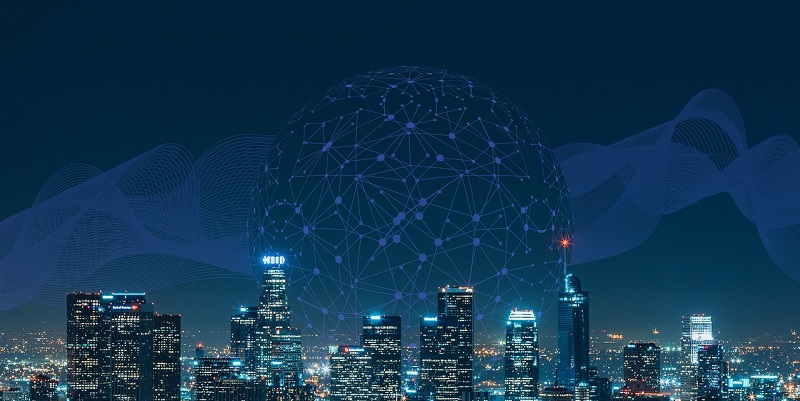Power over Ethernet (PoE) is a revolutionary technology that allows electrical power to be transmitted over Ethernet cables, along with data. As the world becomes increasingly connected, the demand for reliable and efficient networking solutions continues to grow. PoE is well-positioned to meet this demand, offering a versatile and scalable solution that can be easily integrated into existing infrastructure.
Cost advantages of PoE
PoE offers significant cost advantages, making it an attractive choice for businesses and organizations. One of the primary advantages is the reduction in installation costs. With PoE, both power and data can be transmitted over a single Ethernet cable, simplifying the installation process and reducing overall costs. Traditional power sources, such as electrical outlets and additional wiring, are no longer necessary. This eliminates the need for hiring electricians and the associated costs, resulting in substantial savings.
Flexibility in device placement and deployment
Another major benefit of PoE is the increased flexibility in terms of device placement and deployment. Since power is transmitted through the Ethernet cable, devices can be installed in locations where traditional power sources may not be readily available. This opens up a world of possibilities for networking, enabling devices to be placed in remote areas, outdoor locations, or even ceiling-mounted without the need for extensive and expensive rewiring. This flexibility allows for greater efficiency and optimization of space. Moreover, PoE enables easier scalability, as additional devices can be added to the network without the need for extensive rewiring or additional power sources. This scalability ensures future-proofing of networks, accommodating growing demands and technological advancements without incurring additional costs.
Energy efficiency benefits of PoE
In addition to cost advantages, PoE also offers improved energy efficiency. By consolidating power and data transmission into a single cable, energy consumption is significantly reduced. The need for multiple power supplies and converters is eliminated, further minimizing energy waste. With optimized energy use, organizations can contribute to a greener environment while achieving cost savings.
Growing demand for reliable and efficient networking solutions
As the world continues to embrace the digital age, the demand for reliable and efficient networking solutions is on the rise. Businesses and organizations rely on a stable network to ensure smooth operations, productivity, and customer satisfaction. Traditional power setups often face limitations and complexities, hindering network optimization. PoE presents itself as an attractive solution by integrating power and data transmission seamlessly, allowing organizations to maximize their network’s potential. PoE’s ability to meet this demand is reinforced by its versatility and scalability. It can seamlessly integrate into existing infrastructure, eliminating the need for extensive overhauls. Moreover, the ease of adding devices without complex rewiring ensures networks can adapt to changing needs with minimal disruption.
Power over Ethernet (PoE) technology revolutionizes the networking landscape by offering cost efficiency, energy savings, flexibility, and scalability. With PoE, organizations can reduce installation costs, simplify their network infrastructure, and deploy devices in diverse locations without relying on traditional power sources. Additionally, energy efficiency is enhanced due to the consolidation of power and data transmission. As businesses and organizations embrace increased connectivity and reliability, PoE stands as a versatile and scalable solution that can effectively meet their networking demands. By adopting PoE, organizations can enhance their network capabilities, reduce costs, and contribute to a more sustainable future.

